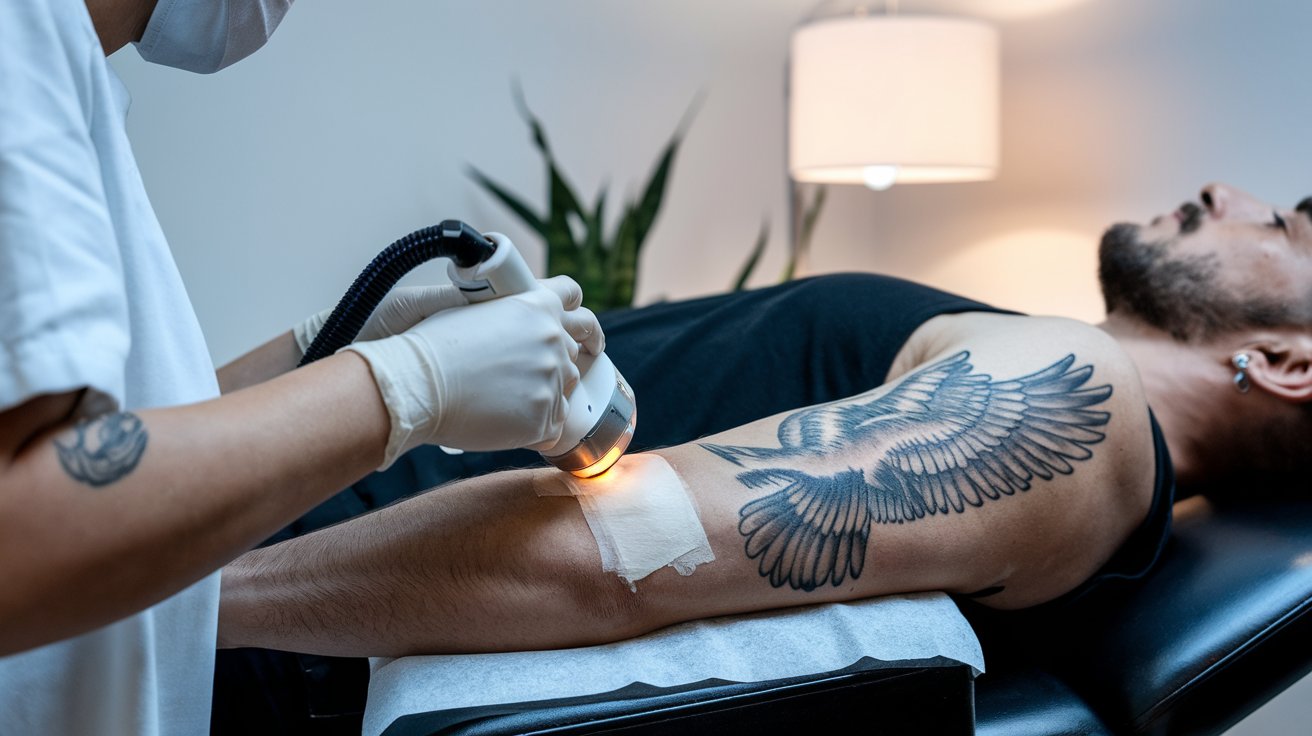Table of Contents
Can a skin tone of 4 cause tanning? This is a question many people ask, especially when planning to spend time outdoors. Understanding how the UV index affects tanning is crucial for making informed decisions about sun exposure. Can a skin tone of 4 cause tanning? In this article, we’ll uncover the surprising truth about tanning with a UV index of 4, explore how it impacts your skin, and offer tips for safe sun exposure.
What is the UV Index?

Can a skin tone of 4 cause tanning? Before diving into whether you can get tan with a UV index of 4, it’s essential to understand the UV index. The UV index measures the strength of the sun’s ultraviolet (UV) radiation. It ranges from 0 to 11+, with higher numbers indicating stronger UV radiation and a greater risk of skin damage.
How the UV Index is Calculated
The UV index is calculated based on several factors, including the angle of the sun, the altitude, and the amount of ozone in the atmosphere. Can a skin tone of 4 cause tanning? A UV index of 4 is considered “moderate,” meaning a moderate risk of harm from unprotected sun exposure.
Can a skin tone of 4 cause tanning?
Now, let’s address the central question: can you get a tan with a UV index of 4? The answer is yes, but the process may take longer than higher UV levels. Can a skin tone of 4 cause tanning? Tanning occurs when your skin produces more melanin in response to UV radiation. Can you get tan with a UV index of 4 With a UV index of 4, enough UV radiation stimulates melanin production, but it might require extended exposure to achieve a noticeable tan.
How Long Does It Take to Tan?
With a UV index of 4, it generally takes longer to get a tan than days with higher UV levels. Depending on your skin type, you might need to spend a few hours in the sun to notice a slight tan. It’s essential to be cautious, though, as even moderate UV levels can cause skin damage if you’re not protected.
Factors That Influence Tanning
Several factors influence how quickly you can tan with a UV index 4. Your skin type is among the most crucial factors. People with fair skin might burn more efficiently and take longer to tan, while those with darker skin may tan more quickly. The time of day and location also play a role; the sun is strongest between 10 a.m. and 4 p.m. so tanning may be more effective during these hours.
The Dangers of Sunlight with a 4-Point UV Index
Can a skin tone of 4 cause tanning? While a UV index of 4 is considered moderate, there are still risks associated with tanning at this level. Prolonged exposure to UV radiation, even at moderate levels, can lead to skin damage, premature aging, and an increased risk of skin cancer.
Skin Damage and Aging
UV radiation penetrates the skin and damages the DNA in your skin cells. This damage can lead to wrinkles, age spots, and other signs of premature aging. Even if you don’t get a sunburn, repeated exposure to UV radiation can cause long-term harm to your skin.
The Risk of Skin Cancer
One of the most severe risks of tanning, even with a UV index of 4, is an increased risk of skin cancer. UV radiation is a known carcinogen, and exposure can lead to the development of melanoma and other types of skin cancer. It’s essential to protect your skin, regardless of the UV index.
How to Tan Safely with a UV Index of 4
If you’re determined to get a tan with a UV index of 4, it’s essential to do so safely. Can a skin tone of 4 cause tanning? Here are some tips to help you protect your skin while still achieving a tan.
Use Sunscreen
Even though you’re trying to tan, it’s crucial to use sunscreen. Pick a broad-spectrum sunscreen with a minimum SPF of thirty. Can a skin tone of 4 cause tanning? This will protect your skin from harmful UV rays while allowing you to tan gradually. Apply liberally, and every two hours, reapply after swimming or sweating.
Limit Your Time in the Sun
With a UV index of 4, it’s easy to underestimate the potential for skin damage. Don’t spend too much time in the sun. Try to spend no more than 1-2 hours in the sun, and take breaks in the shade to reduce the risk of burning.
Wear Protective Clothing
Wear protective clothing like a hat, sunglasses, and a long-sleeved shirt when you’re not actively tanning. This will help shield your skin from additional UV radiation and prevent sunburn.
Stay Hydrated
Tanning in the sun can dehydrate your skin and body. In order to stay hydrated and maintain good skin, drink a lot of water. Hydrated skin is more resilient and less likely to burn.
Also read: Can You Eat Cocaine? Shocking Truth Revealed
Myths About Tanning with a UV Index of 4
There are several myths surrounding tanning with a UV index of 4. Can a skin tone of 4 cause tanning? It’s important to separate fact from fiction to ensure you make informed decisions about sun exposure.
Myth: A UV Index of 4 Isn’t Strong Enough to Cause Damage
Some people believe a UV index of 4 is too low to cause significant damage to their skin. This is not true. While it may be lower than higher UV levels, a UV index of 4 can still cause skin damage, especially with prolonged exposure. Protecting your skin even when the UV index is moderate is essential.
Myth: You Don’t Need Sunscreen with a UV Index of 4
Another common myth is that sunscreen isn’t necessary when the UV index is low to moderate. In reality, UV radiation can still harm your skin at these levels. Wearing sunscreen is essential to prevent sunburn, skin damage, and the risk of skin cancer.
Myth: Tanning with a UV Index of 4 is Safer
While tanning might seem safer when the UV index is lower, skin damage and cancer risks are still present. There is no safe way to tan, and taking precautions to protect your skin is essential.
Understanding Your Skin Type and Tanning

Can a skin tone of 4 cause tanning? Knowing your skin type is essential when deciding whether you can tan with a UV index of 4. Different skin types react differently to UV radiation, so it’s necessary to understand how your skin might respond.
Fitzpatrick Skin Types
The Fitzpatrick skin type classification is a commonly used system to describe how different skin types react to sun exposure. It ranges from Type I (very fair skin that burns quickly and never tans) to Type VI (dark skin that tans easily and rarely burns). Knowing your skin type can help you understand the risks of tanning and how to protect your skin.
Tanning Tips for Different Skin Types
- Type I and II: These skin types burn easily and tan minimally. It’s best to avoid prolonged sun exposure and always use high-SPF sunscreen.
- Type III and IV: These skin types can tan gradually but are still at risk for burning. Limit your time spent in the sun and wear sunscreen.
- Type V and VI: These skin types tan more quickly and are less likely to burn. However, sunscreen and protecting your skin from long-term damage is still essential.
Can a skin tone of 4 cause tanning? Yes, you can, but it requires patience and caution. While the UV index of 4 is moderate, there are still risks associated with sun exposure, including skin damage and an increased risk of skin cancer. Can a skin tone of 4 cause tanning? You can achieve a tan without compromising your skin’s health by following safe tanning practices, such as using sunscreen, limiting your time in the sun, and understanding your skin type.




